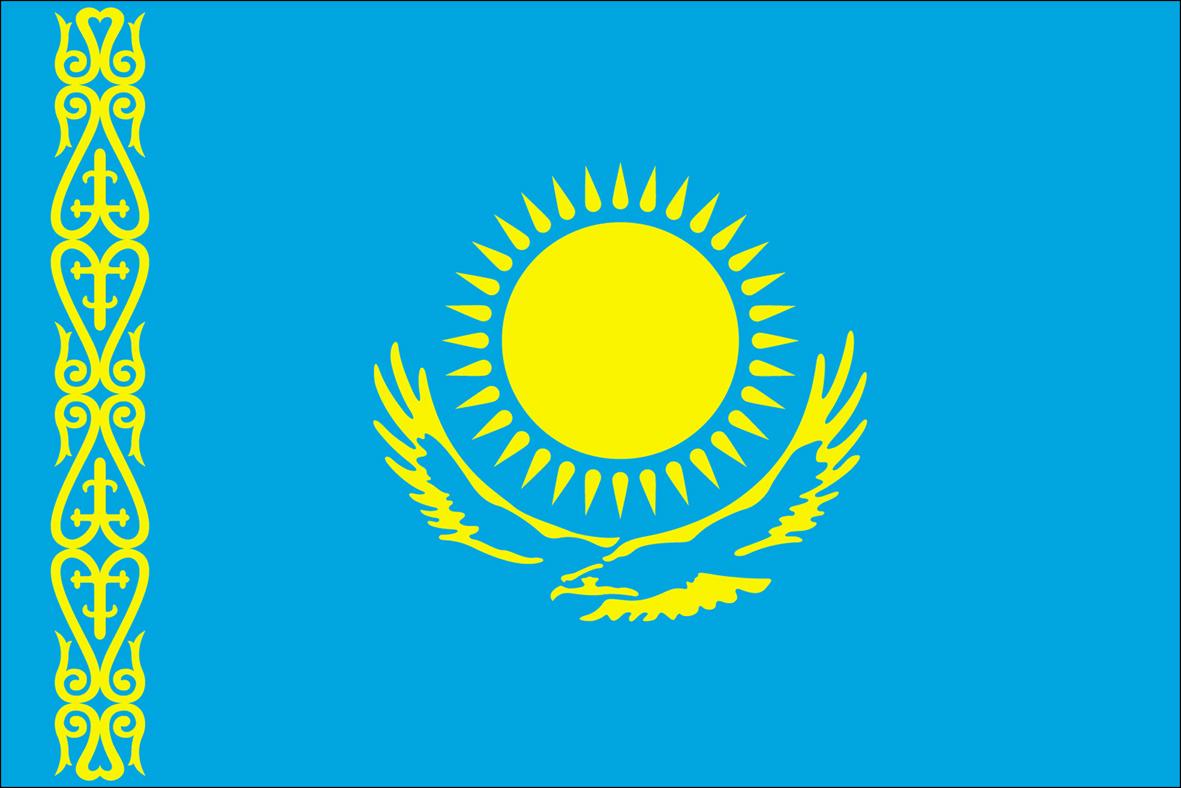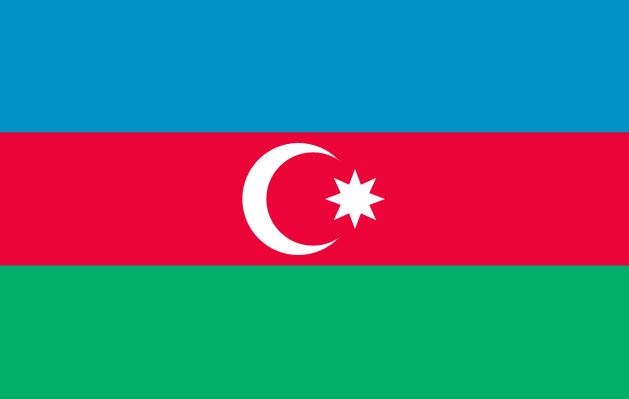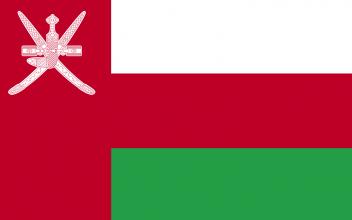Traditions and practices associated with the Kayas in the sacred forests of the Mijikenda
© National Museums of KenyaThe Mijikenda include nine Bantu-speaking ethnic groups in the Kaya forests of coastal Kenya. The identity of the Mijikenda is expressed through oral traditions and performing arts related to the sacred forests, which are also sources of valuable medicinal plants. These traditions and practices constitute their codes of ethics and governance systems, and include prayers, oath-taking, burial rites and charms, naming of the newly born, initiations, reconciliations, marriages and coronations. Kayas are fortified settlements whose cultural spaces are indispensable for the enactment of living traditions that underscore the identity, continuity and cohesion of the Mijikenda communities. The use of natural resources within the Kayas is regulated by traditional knowledge and practices that have contributed to the conservation of their biodiversity. The Kambi (Councils of Elders) acts as the custodians of these Kayas and the related cultural expressions. Today, Mijikenda communities are gradually abandoning the Kayas in favour of informal urban settlements. Due to pressure on land resources, urbanization and social transformations, the traditions and cultural practices associated to the Kaya settlements are fast diminishing, posing great danger to the social fabric and cohesiveness of the Mijikenda communities who venerate and celebrate them as their identity and symbol of continuity. Read more about this element on the UNESCO Intangible Cultural Heritage website.










